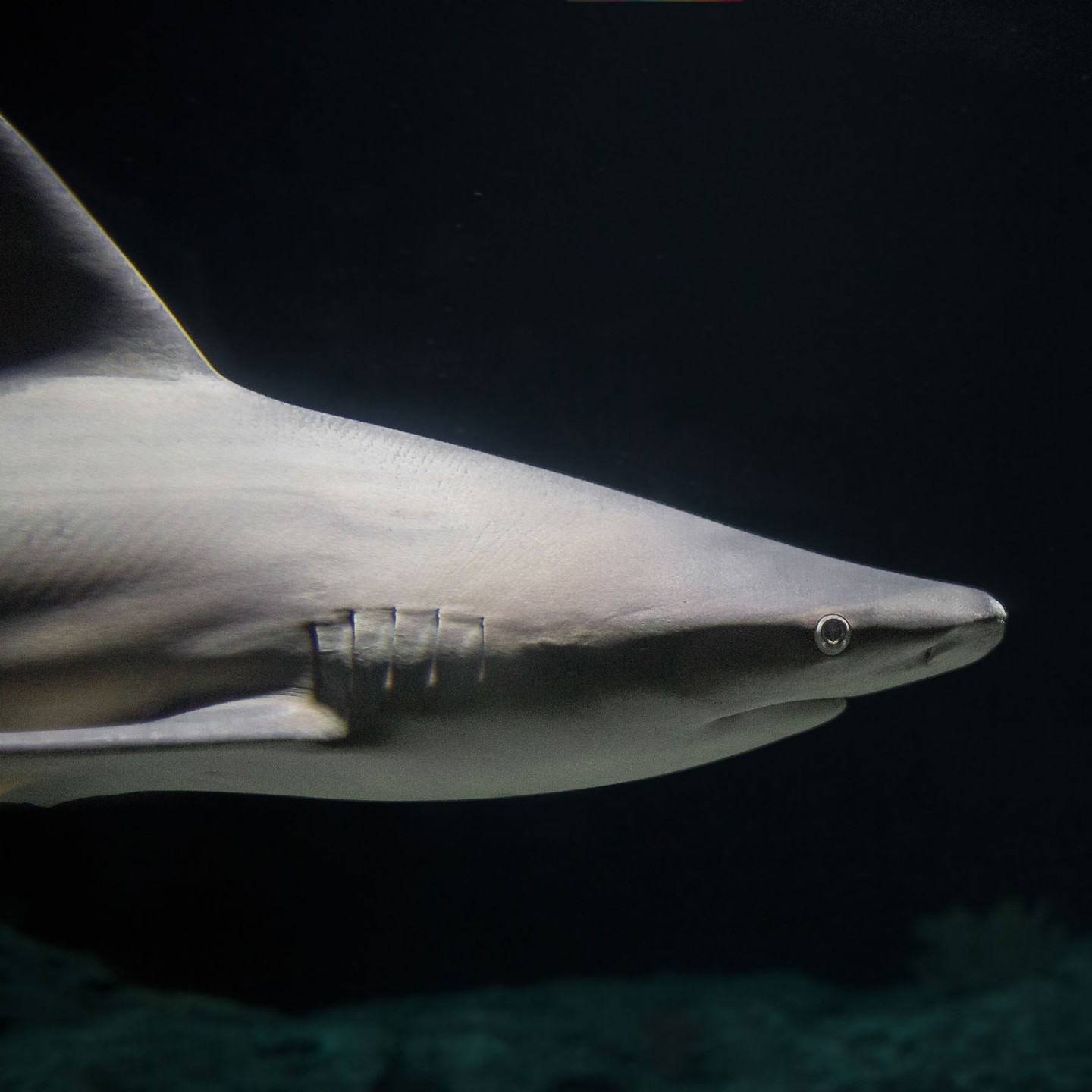– **A Diverse Gathering**: Uncover the variety of shark species that call the Chesapeake Bay their home during migration seasons.
– **No Cause for Alarm**: Learn why the presence of these impressive fish in the Bay is of no danger to humans and how interactions are minimal.
– **Seasonal Visitors**: Explore the seasonal patterns of shark migrations to and from the Chesapeake Bay and why they prefer this habitat at specific times of the year.
– **Conservation and Coexistence**: Understand the importance of Chesapeake Bay in shark conservation efforts and how we can coexist with these marine creatures.
– **Sharks Up Close**: Delve into the responsible ways we can observe and appreciate the sharks in their natural habitat without disrupting their ecosystem.
When summer warmth spills across the waters of the Chesapeake Bay, an annual congregation of distinguished seafarers occurs. Contrary to popular movie portrayals, these seafaring visitors, a variety of shark species, arrive not with menacing intent but with a purpose rooted in the ebb and flow of nature. As a haven for these migratory sharks, the Chesapeake Bay offers a summer retreat with abundant food and the perfect conditions for growth before these grand fish return to southern waters come winter.
But why exactly does Chesapeake Bay play host to these misunderstood ocean wanderers? For one, the Bay provides an ideal nursery for several shark species. Warm and nutrient-rich waters nurture young sharks until they are ready to brave the open sea. During their seasonal vacation, as many as 12 different shark species, including the Sandbar, Bull, and the elusive Great White, transform the Bay into a dynamic ecosystem underscored by the rhythm of predator and prey.
With these mighty creatures patrolling the depths, one might wonder if the humans who swim, boat, and frolic in these waters are safe. Remarkably, the reality is reassuring. A fascinating harmony exists here; despite their presence, these sharks keep to themselves, and there have been no recorded attacks or shark-related injuries in the Chesapeake Bay. It’s a testament to the naturally well-balanced marine environment where humans and sharks can coexist peacefully.
The migratory patterns of these sharks are especially intriguing. Their internal compasses lead them to the Bay with a precision that baffles and delights scientists. Once the whispers of autumn chill the waters, they head south for warmer climates, driven by an ancient and persistent instinct. This instinctual navigation ensures their survival and is crucial to the Bay’s ecological well-being.
Understanding shark migration patterns is not merely an academic pursuit; it is vital for conservation efforts. As top predators, sharks maintain the health of aquatic ecosystems. Their migratory patterns can give researchers clues about ocean health, alerting them to water quality or temperature changes that may signify larger environmental issues.
But how does this coexistence benefit the Bay? Sharks, being apex predators, manage the population of their prey, preventing any single species from overwhelming the ecosystem. The Bay thrives as a balanced and rich habitat with sharks in their ranks.
While they might appear menacing with their rows of teeth and powerful bodies, sharks are, in reality, vulnerable creatures, facing threats such as overfishing, habitat destruction, and pollution. The Chesapeake Bay’s welcoming waters also serve as a sanctuary, a temporary respite from the challenges of the open ocean. By protecting this habitat, we indirectly contribute to the well-being of these marine ambassadors.
As we marvel at their graceful existence, we must acknowledge our role in ensuring their future. Responsible tourism practices, like observing sharks from a responsible distance and maintaining the cleanliness and health of the Bay, not only nurture our connection with nature but also protect these master navigators.
For those with a keen interest in the aquatic life of the Bay, responsible and safe shark watching can be an awe-inspiring experience. By joining guided tours and educational programs, spectators can gain a deeper appreciation for these creatures without intruding into their world or altering their natural behaviors.
But our fascination with these creatures serves a dual purpose. It isn’t just about admiring their agility and raw power; it’s about focusing on the need for sustainable marine practices. As we take lessons from their resilience and adaptability, we become advocates for all marine life and our oceans’ health.
Those who have had the opportunity to witness sharks in the Chesapeake Bay often speak of a humbling experience that reshapes their perspective. The chance to see these animals up close, thriving in a habitat so crucial to their lifecycle, reinforces the interconnectedness of all living things. It’s not merely about the thrill of spotting a dorsal fin slicing through the water but understanding the delicate dance of nature that unfolds before us.
In conclusion, the predators of the deep that grace the Chesapeake Bay each year are not the fearsome beasts of nightmares but essential components of our aquatic world. Their annual pilgrimage to the Bay is a natural phenomenon that provides important ecological benefits and a unique opportunity for human education and engagement. Through responsible stewardship and a commitment to conservation, we can ensure that the sharks continue to summer in the Chesapeake Bay, playing their crucial role in the tapestry of marine life for generations to come. And as we learn to appreciate these mighty creatures from a respectful distance, we gain more than just knowledge; we gain an ambassadorial view – one that represents how coexistence and respect for nature can, and indeed must, prevail.
*****
Source Description
Are there multiple species of sharks in Chesapeake Bay? The Bay is an important habitat for several migratory species of sharks, but there’s no need to worry! There have been no recorded attacks or shark-related injuries in the Bay. Learn more about the toothy tourists who spend their summers here before retreating to warmer southern waters as winter approaches. Link in bio! 🦈

